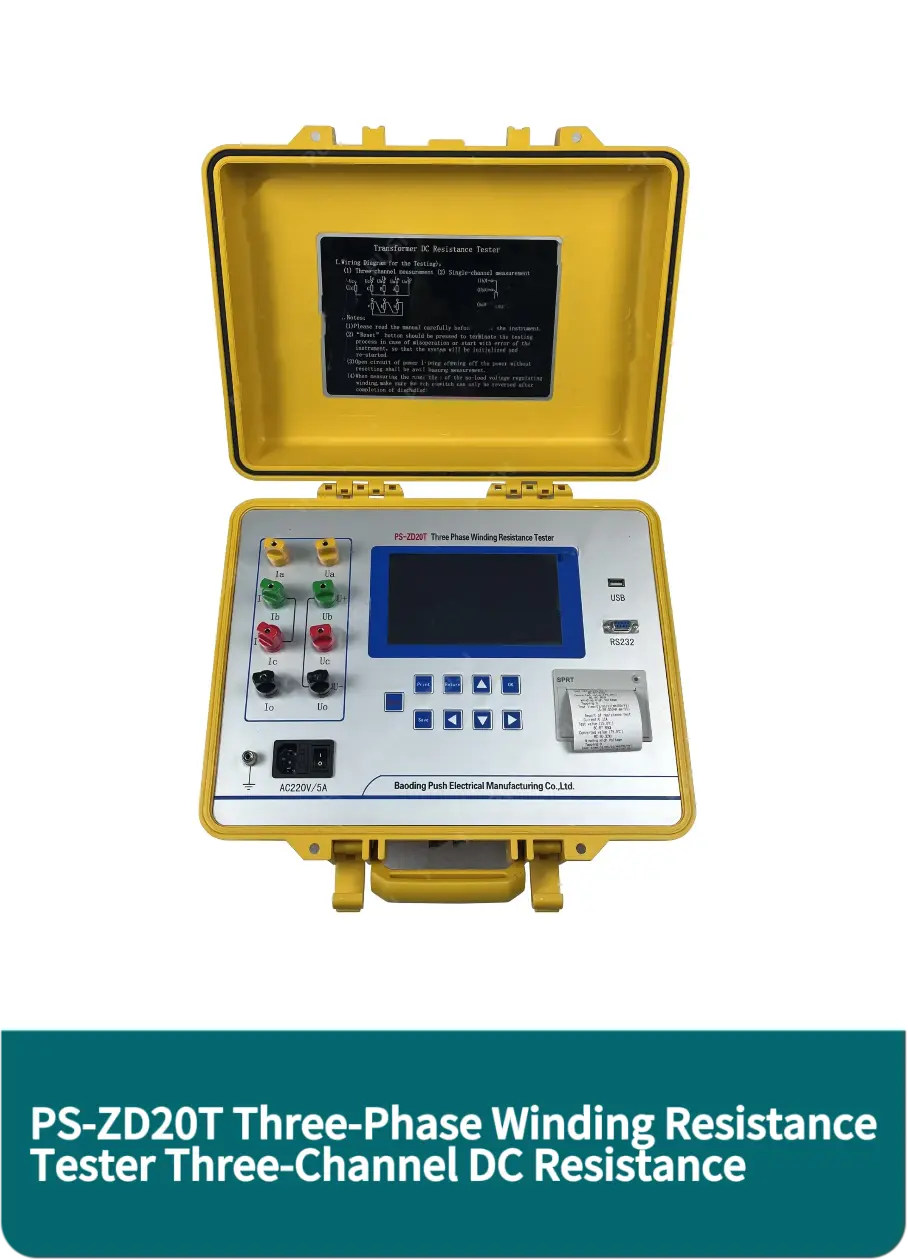 English
English



-
 Afrikaans
Afrikaans -
 Albanian
Albanian -
 Amharic
Amharic -
 Arabic
Arabic -
 Armenian
Armenian -
 Azerbaijani
Azerbaijani -
 Basque
Basque -
 Belarusian
Belarusian -
 Bengali
Bengali -
 Bosnian
Bosnian -
 Bulgarian
Bulgarian -
 Catalan
Catalan -
 Cebuano
Cebuano -
 China
China -
 China (Taiwan)
China (Taiwan) -
 Corsican
Corsican -
 Croatian
Croatian -
 Czech
Czech -
 Danish
Danish -
 Dutch
Dutch -
 English
English -
 Esperanto
Esperanto -
 Estonian
Estonian -
 Finnish
Finnish -
 French
French -
 Frisian
Frisian -
 Galician
Galician -
 Georgian
Georgian -
 German
German -
 Greek
Greek -
 Gujarati
Gujarati -
 Haitian Creole
Haitian Creole -
 hausa
hausa -
 hawaiian
hawaiian -
 Hebrew
Hebrew -
 Hindi
Hindi -
 Miao
Miao -
 Hungarian
Hungarian -
 Icelandic
Icelandic -
 igbo
igbo -
 Indonesian
Indonesian -
 irish
irish -
 Italian
Italian -
 Japanese
Japanese -
 Javanese
Javanese -
 Kannada
Kannada -
 kazakh
kazakh -
 Khmer
Khmer -
 Rwandese
Rwandese -
 Korean
Korean -
 Kurdish
Kurdish -
 Kyrgyz
Kyrgyz -
 Lao
Lao -
 Latin
Latin -
 Latvian
Latvian -
 Lithuanian
Lithuanian -
 Luxembourgish
Luxembourgish -
 Macedonian
Macedonian -
 Malgashi
Malgashi -
 Malay
Malay -
 Malayalam
Malayalam -
 Maltese
Maltese -
 Maori
Maori -
 Marathi
Marathi -
 Mongolian
Mongolian -
 Myanmar
Myanmar -
 Nepali
Nepali -
 Norwegian
Norwegian -
 Norwegian
Norwegian -
 Occitan
Occitan -
 Pashto
Pashto -
 Persian
Persian -
 Polish
Polish -
 Portuguese
Portuguese -
 Punjabi
Punjabi -
 Romanian
Romanian -
 Russian
Russian -
 Samoan
Samoan -
 Scottish Gaelic
Scottish Gaelic -
 Serbian
Serbian -
 Sesotho
Sesotho -
 Shona
Shona -
 Sindhi
Sindhi -
 Sinhala
Sinhala -
 Slovak
Slovak -
 Slovenian
Slovenian -
 Somali
Somali -
 Spanish
Spanish -
 Sundanese
Sundanese -
 Swahili
Swahili -
 Swedish
Swedish -
 Tagalog
Tagalog -
 Tajik
Tajik -
 Tamil
Tamil -
 Tatar
Tatar -
 Telugu
Telugu -
 Thai
Thai -
 Turkish
Turkish -
 Turkmen
Turkmen -
 Ukrainian
Ukrainian -
 Urdu
Urdu -
 Uighur
Uighur -
 Uzbek
Uzbek -
 Vietnamese
Vietnamese -
 Welsh
Welsh -
 Bantu
Bantu -
 Yiddish
Yiddish -
 Yoruba
Yoruba -
 Zulu
Zulu
applied automation gas chromatograph
Applied Automation in Gas Chromatography
Gas chromatography (GC) is a powerful analytical technique widely used in various industries to separate and analyze compounds in a mixture. Its applications range from environmental monitoring to pharmaceuticals, food safety, and petrochemical analysis. With advances in technology, the integration of applied automation into gas chromatography has significantly enhanced its efficiency, accuracy, and user-friendliness, allowing laboratories to meet the ever-increasing demands for high-throughput analyses.
The fundamental principle of gas chromatography involves the vaporization of a sample and its passage through a column filled with a stationary phase. As the sample travels through the column, different compounds interact with the stationary phase at varying degrees, leading to their separation. Once separated, components are detected, typically using a flame ionization detector (FID) or a mass spectrometer (MS). Automation in GC refers to the use of automated systems for sample handling, injection, data collection, and analysis, ultimately facilitating a more streamlined workflow.
Applied Automation in Gas Chromatography
Moreover, automation helps achieve higher accuracy and reproducibility in chromatographic analyses. Automated systems are designed to minimize variations in sample introduction, injection volumes, and timing, which can impact the reliability of results. With precision-engineered autosamplers, the risk of human error is significantly reduced, resulting in consistent and repeatable chromatographic performances.
applied automation gas chromatograph

Another crucial aspect of applied automation is the integration of advanced software for data processing and analysis. Modern gas chromatography systems come equipped with sophisticated software that can control the entire analytical process, from sample injection to final result interpretation. These software tools can automate data acquisition, perform real-time analysis, and provide comprehensive reporting features, allowing scientists to focus on interpreting results rather than managing the analytical process. Additionally, many software solutions utilize artificial intelligence and machine learning to optimize analysis conditions and enhance method development, further improving efficiency and accuracy.
Automation also plays a vital role in method validation and development. Automated systems can conduct multiple analyses simultaneously, allowing for rapid testing of various conditions and parameters. This capability is essential for optimizing methods, especially when dealing with complex matrices or when developing new analytical methods. Laboratories can quickly establish the best operating conditions, thus reducing the time and resources required for method validation.
Safety and compliance are other critical considerations in the laboratory environment. Automated systems aid in maintaining safety by minimizing human exposure to hazardous substances. By automating repetitive tasks, such as sample preparation and handling, the risk associated with manual intervention is significantly reduced. Furthermore, automated chromatographic systems can be programmed to adhere to strict regulatory requirements, ensuring compliance with industry standards such as GLP (Good Laboratory Practices) and ISO regulations.
In conclusion, applied automation in gas chromatography has revolutionized how laboratories conduct analyses. By increasing sample throughput, improving accuracy and reproducibility, and enhancing method development capabilities, automation has made GC a more powerful and efficient tool in analytical chemistry. As technological advancements continue to evolve, the future of automated gas chromatography promises even greater efficiencies and more robust analytical capabilities, paving the way for innovative applications across various scientific fields. Researchers and analysts can look forward to a new era in chromatography, where automation not only enhances productivity but also contributes to the pursuit of scientific excellence and innovation.
-
Testing Equipment Industry Sees Major Advancements in 2025: Smart & Precision Technologies Lead the WayNewsJun.06,2025
-
Applications of Direct Current Generators in Renewable Energy SystemsNewsJun.05,2025
-
Hipot Tester Calibration and Accuracy GuidelinesNewsJun.05,2025
-
Digital Circuit Breaker Analyzer Features and BenefitsNewsJun.05,2025
-
Benefits of Real-Time Power Quality Monitoring Devices for Industrial EfficiencyNewsJun.05,2025
-
Earth Fault Loop Testing in High-Rise Building Electrical SystemsNewsJun.05,2025



